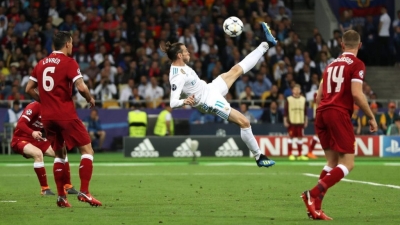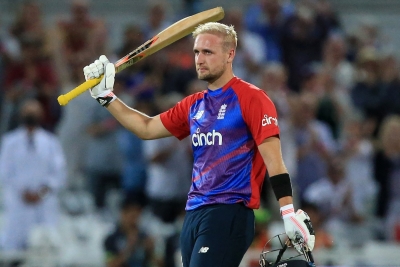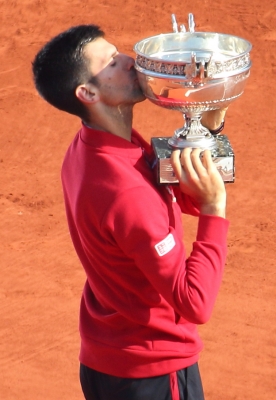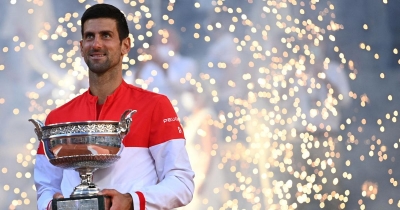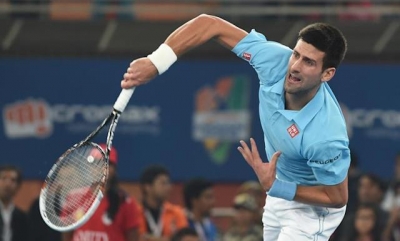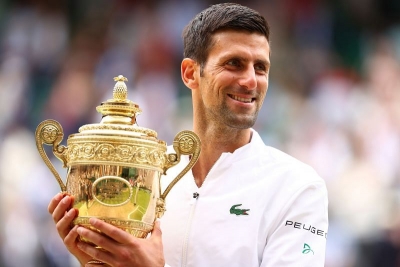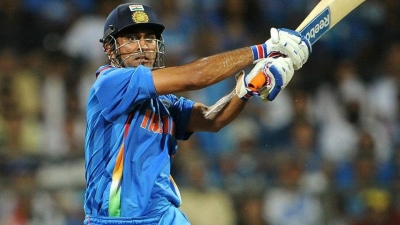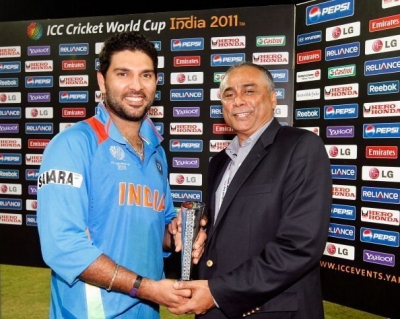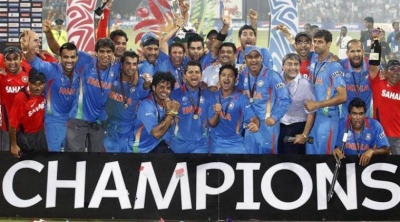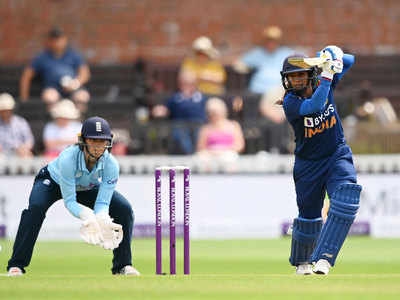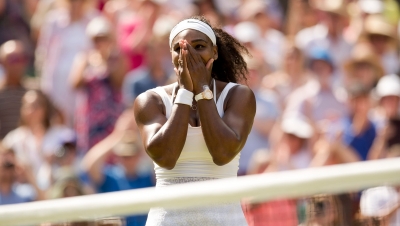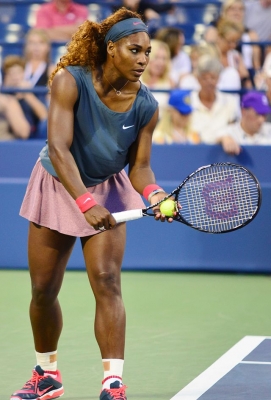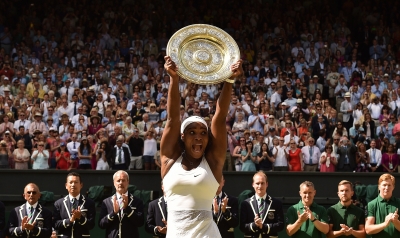Giannis Antetokounmpo shines bright in NBA finals

After 50 years, Milwaukee Bucks won the NBA title by defeating the Phoenix Suns 4-2 in the best of seven NBA Finals. While it was surely a team effort, their star player Giannis Antetokounmpo performed big when it mattered most, taking the NBA Finals MVP (Most Valuable Player) award in the process. Antetokounmpo created a number of records and joined some elite company with his stellar performance in the NBA Finals.
Antetokounmpo's record-breaking performance in the NBA finals
Milwaukee Bucks Giannis Antetokounmpo recorded 50 points, 14 rebounds and 5 blocks in the 105-98 closeout Game 6 win over the Phoenix Suns in the NBA Finals. That made him the first person ever in NBA history with 50 points, 10 rebounds, and five blocks in a Finals game.
Antetokounmpo is just the seventh player in NBA history to notch up 50 points in a Finals game. Bob Pettit, Elgin Baylor, Rick Barry, Jerry West, Michael Jordan, and LeBron James are the others who have achieved the feat.
33 of Antetokounmpo's 50 points in Game 6 of the NBA Finals came in the second half of the match. This makes him just the second player in the last 50 years, after Michael Jordan, to score 33 points in a Finals half. He is also the first player ever to record multiple 30+ points halves in a single NBA Finals series.
Antetokounmpo finished with an average of 35.2 points, 13.2 rebounds and 5.0 assists per game in the NBA Finals. He is only the second player after Shaquille O'Neal to average over 30 points, 10 rebounds and 5 assists for players with at least 60% shooting in a NBA Finals series.
By winning the NBA Finals MVP (Most Valuable Player), Antetokounmpo joined Michael Jordan as the only players in NBA history to win multiple MVPS, DPOY (Defensive Player of the Year) and Finals MVP honours.
As Antetokounmpo also won the Most Improved Player (MIP) of the Year award in 2017, he is the first player in NBA history to win the MIP, MVP, DPOY and Finals MVP awards.
Picture Credit : Google
